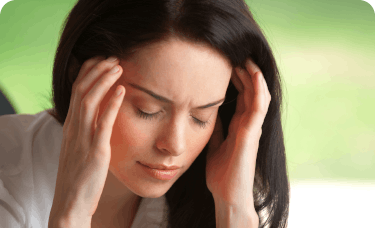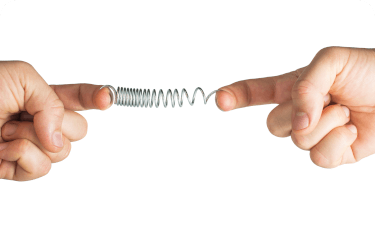Pain is an unpleasant sensation in the body triggered by the nervous system. The onset of body pain can occur suddenly or slowly, depending on many factors, (e.g. environmental, biological, emotional, cognitive, etc.) Each individual is the best judge of the severity and frequency of his or her body pain.
Treating back and body pain — some suggestions:
Get plenty of rest, but don't stop moving. Especially with back pain, prolonged bed rest can actually make the condition worse. Generally, light activity can help treat body pain.
Cold/heat treatment — apply ice or a cold compress to the affected area for 15-20 minutes several times a day until spasms and acute body pain subsides. Then apply warm, moist heat (such as hot compresses or warm baths) to loosen tight muscles
Pain relievers — over-the-counter pain relievers such as acetaminophen or aspirin can be effective body pain treatments for individuals with back and body pain.
Types of Body Pain & Causes of Body Pain
There are generally two types of body pain: acute pain and chronic pain.
Acute body pain
Acute body pain results from an illness or event, such as injury or surgery. It generally occurs suddenly, then gradually diminishes, stops on its own or is helped by medical treatment. Acute pain can range from mild to severe and may last for weeks or months. If treated properly, acute body pain will subside within six months. If left untreated, acute pain can lead to chronic pain.









